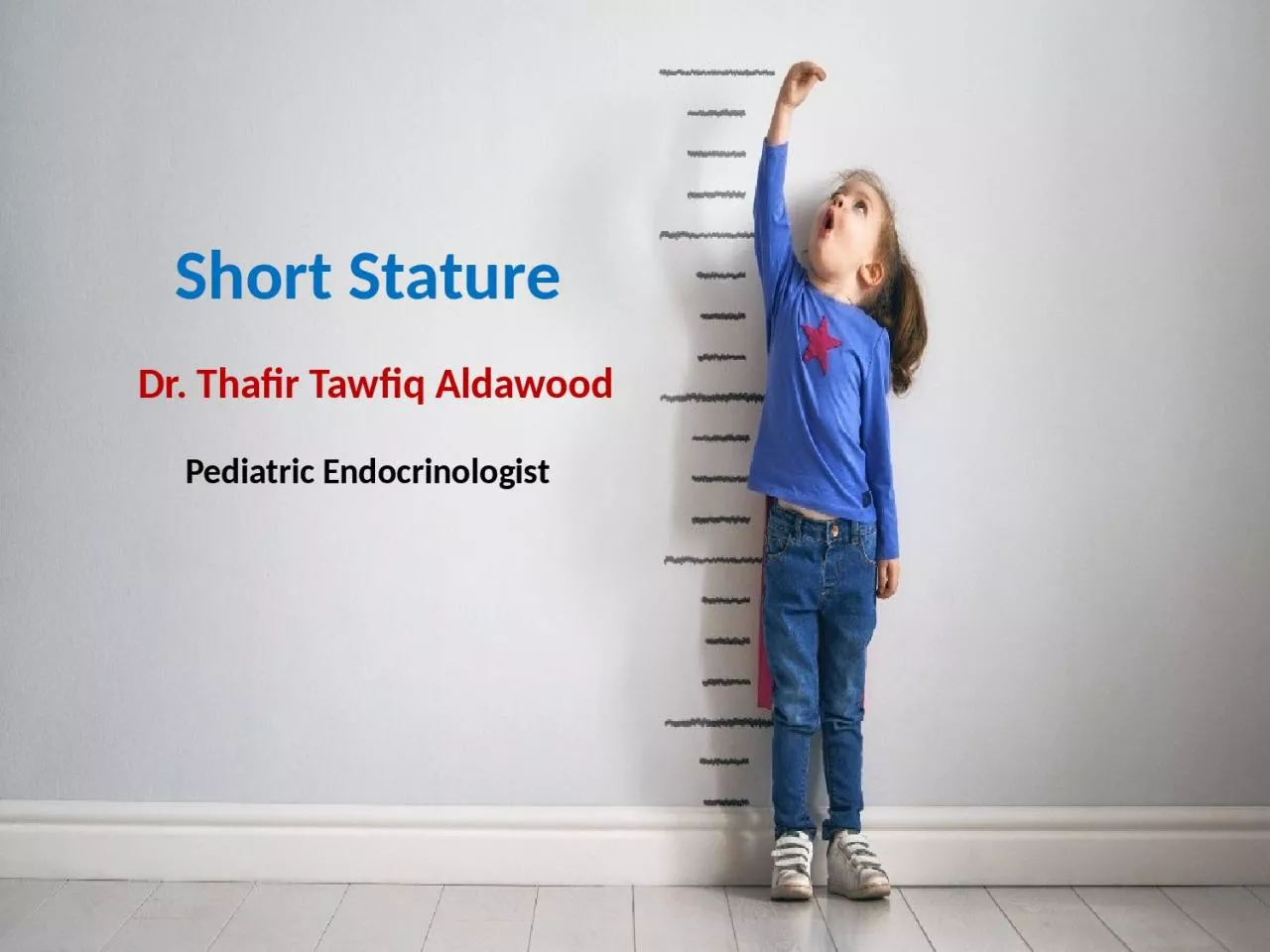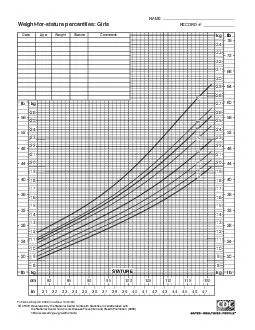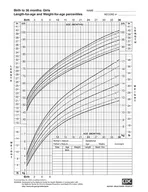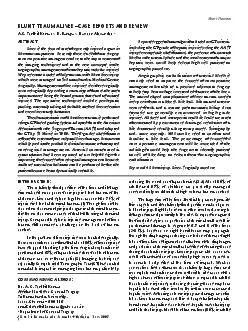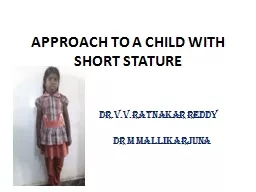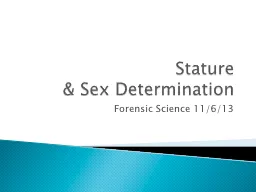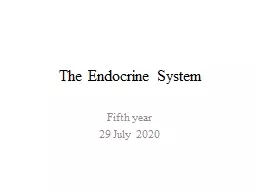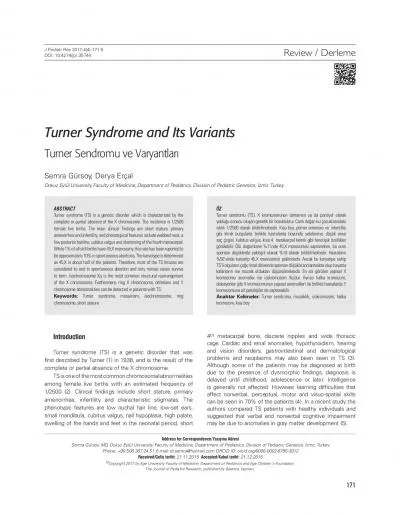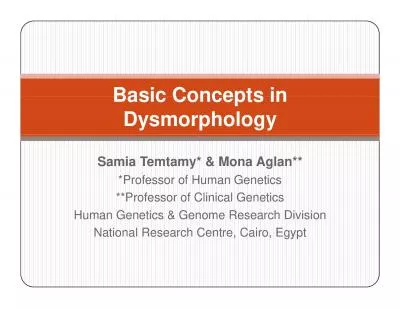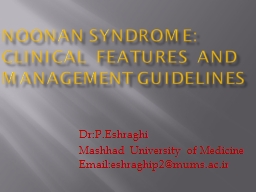PPT-Short Stature Dr. Thafir
Author : hadly | Published Date : 2024-03-13
Tawfiq Aldawood Pediatric Endocrinologist Short stature is defined as height below the third percentile or greater than two standard deviations SDs below the
Presentation Embed Code
Download Presentation
Download Presentation The PPT/PDF document "Short Stature Dr. Thafir" is the property of its rightful owner. Permission is granted to download and print the materials on this website for personal, non-commercial use only, and to display it on your personal computer provided you do not modify the materials and that you retain all copyright notices contained in the materials. By downloading content from our website, you accept the terms of this agreement.
Short Stature Dr. Thafir: Transcript
Download Rules Of Document
"Short Stature Dr. Thafir"The content belongs to its owner. You may download and print it for personal use, without modification, and keep all copyright notices. By downloading, you agree to these terms.
Related Documents

